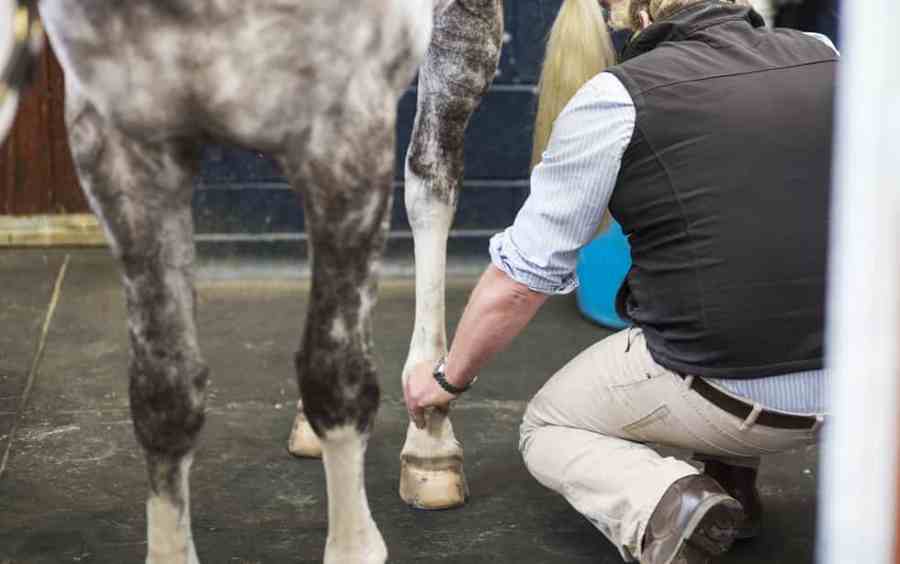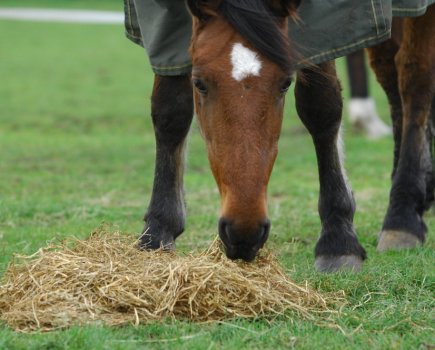Lameness is every horse owner’s nightmare, but what do you do when it’s in all four legs? Here, Nancy from XLVets Equine explains what happened when she encountered this problem.
Today I had a lameness work up in the clinic. I’d seen the horse at his yard just last week and the owner had said that he wasn’t quite right and possibly lame.
After finding out about the horse’s history, I examined him while he was stood on the yard before we began trotting him up.
He had a very fixed head and neck carriage in walk and trot, and a slightly ‘shuffly’ gait.
He was also lame in his right hind and positive to flexion of both hindlimbs. So… where to start when you have a horse who’s showing lameness on every leg!?
Identifying lameness
I started by nerve blocking his front feet, left foot first, then right. His gait improved after his feet were blocked, but his head and neck carriage was still very guarded.
He had good, well-balanced feet on the radiographs with no sign of joint disease in the coffin joint or pasterns.
Radiographs of his navicular bones showed severe remodeling.
He had cysts in both of his naviculars, and lots of remodeling of the bone on the border.
I suspect that his head and neck carriage is related to his chronic low-grade pain and how he has been compensating for the foot pain and I’ve asked for one of our equine vets, who’s qualified in veterinary chiropractic, to treat him to help mobilise his neck and poll a little more.
He’s a little overweight at the moment as well, so I’ve decided not to medicate his naviculars at this point, but his farrier is going to do some remedial shoeing on him to help support the structures at the back of his foot.
He also received an infusion of Equidronate. Equidronate is composed of Tiludronic acid, a bisphosphonate drug.
It works at the cellular level to help inhibit bone resorption and can be a useful treatment for navicular syndrome if there is remodeling of the navicular bone.
The equidronate is given via an indwelling catheter in the jugular vein over about 45 minutes and so we tied this horse up and he was happily munching on a haynet while his infusion trickled in.
He’s now gone home to go on a bit of a diet and have his new shoes fitted, before I re-examine him in 2 weeks and assess his hindlimb lameness after his chiropractic treatment.










